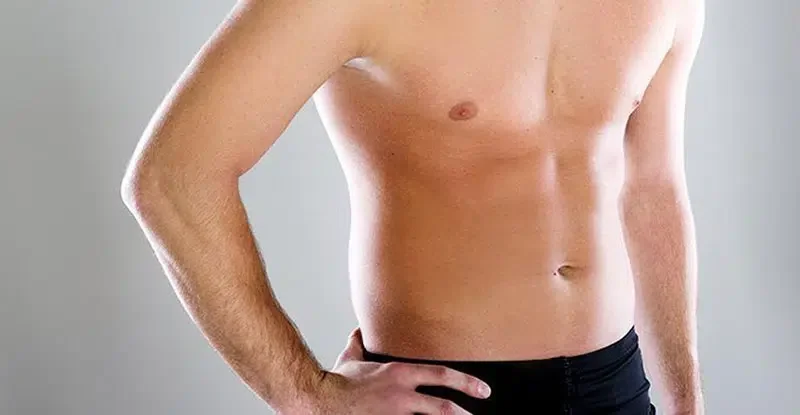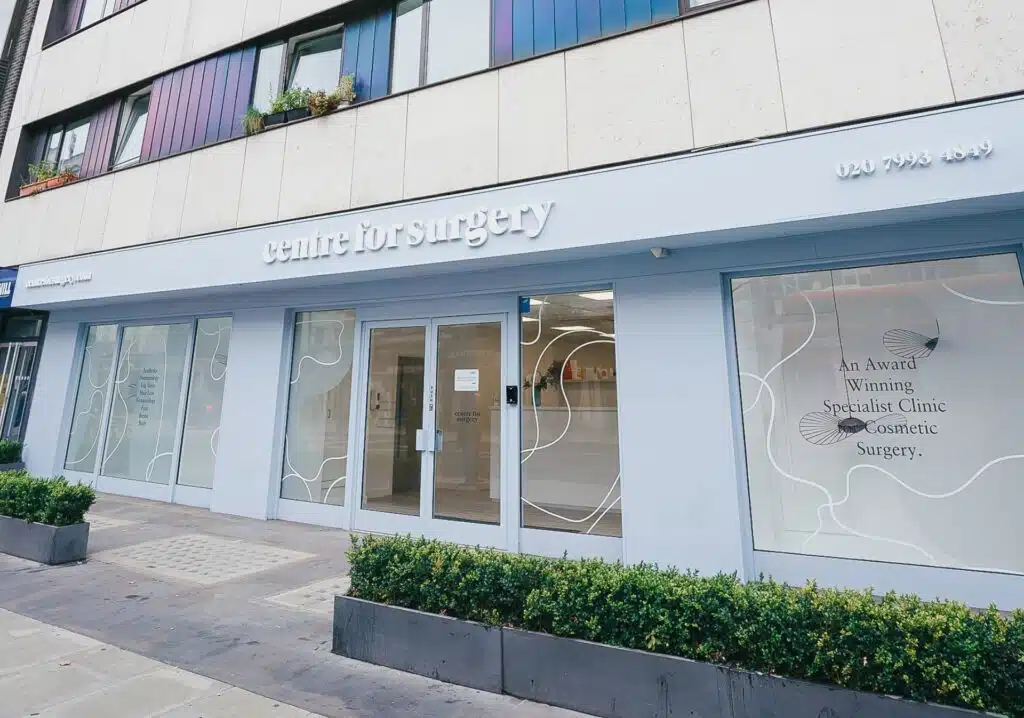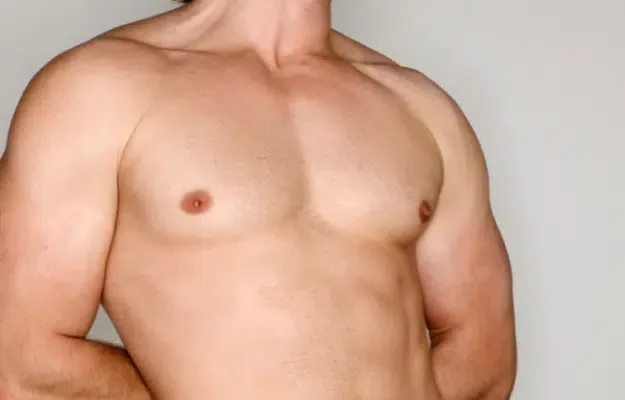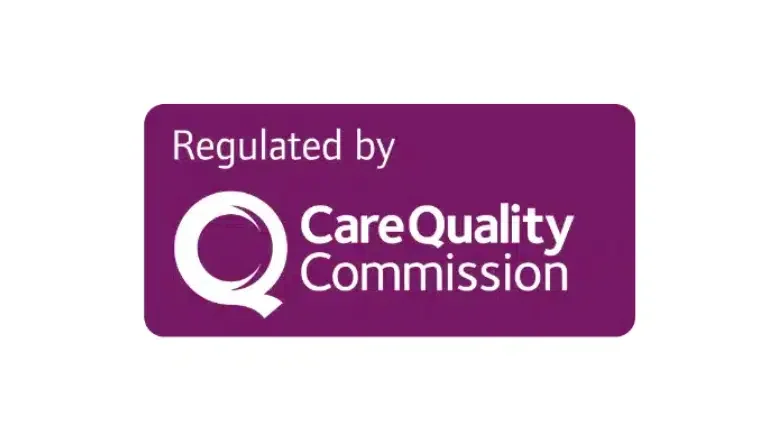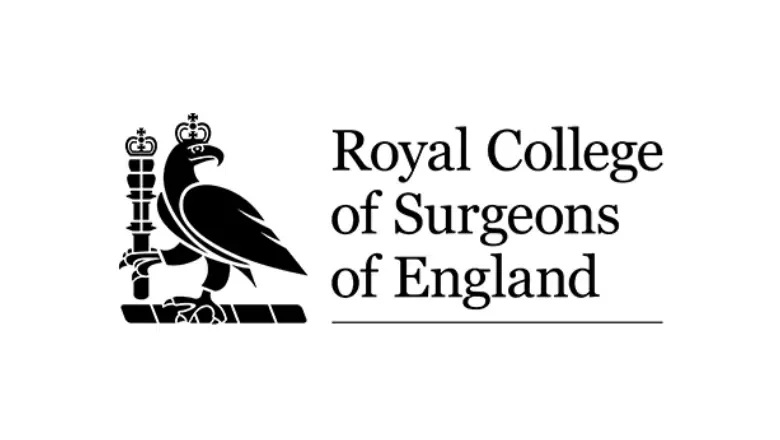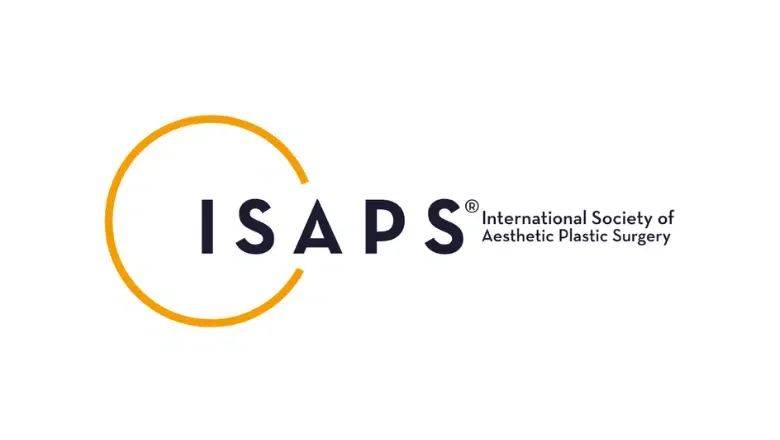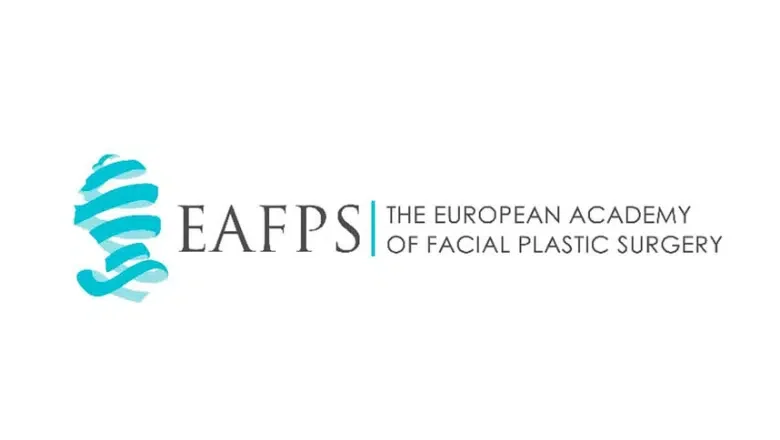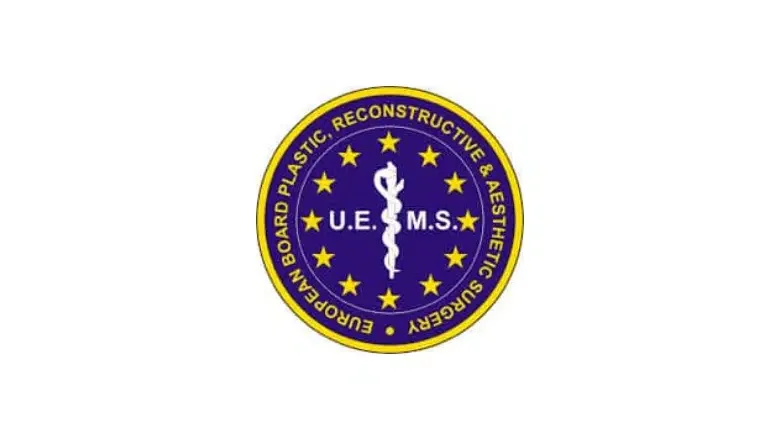Liposuction for Men: Targeting Stubborn Fat Areas
Liposuction is a widely popular procedure designed to remove fatty cells from different parts of the body. While both men and women seek liposuction to achieve a more contoured physique, the popular target areas for this procedure often differ between genders. For men, the most commonly treated areas are the abdomen, flanks (commonly referred to as “love handles”), and the chest.
Why Men Choose Liposuction
Men opt for liposuction to address specific areas of fat that are resistant to diet and exercise. Even with a rigorous fitness routine and healthy eating habits, certain fat deposits can be difficult to eliminate. Liposuction provides an effective solution for men looking to achieve a more defined and masculine appearance.
Common Areas for Liposuction in Men
- Abdomen: The abdomen is a primary area of concern for many men. Fat accumulation in this region can obscure muscle definition and lead to a less toned appearance. Abdominal liposuction helps in sculpting the abdominal area by removing excess fat, thereby enhancing muscle visibility and contributing to a more athletic look.
- Flanks (“Love Handles”): Fat around the flanks or love handles is another common issue among men. This area is prone to fat retention, which can be challenging to shed through conventional weight loss methods. Liposuction targets these stubborn fat deposits, resulting in a slimmer waistline and improved body contour.
- Chest: Some men experience a condition known as gynecomastia, where there is an enlargement of the chest due to excess fatty tissue. Liposuction can effectively reduce this unwanted fat, providing a more masculine chest profile. This procedure helps in achieving a flatter, more sculpted chest area, boosting self-confidence and overall body image.
SEE ALSO: How common is Gynecomastia?
Many people are hesitant to undergo liposuction because of the potential risks associated with the procedure. Fortunately, Centre for Surgery performs PAL lipo, a newer, safer version of liposuction.
RELATED: Top cosmetic and plastic procedures for men
Unlike traditional liposuction methods, PAL lipo does not involve the use of heat. This means there is less damage to your cells and skin, and you will, therefore, experience a quicker recovery period. PAL lipo involves the separation of fat globules, the removal of the fat and then fat equalisation to give you a toned, sculpted look.
RELATED: What is Power-Assisted Liposuction (PAL)?
There are numerous benefits to undergoing PAL lipo, including:
- Meticulous body sculpting
- Typically requires no general anaesthesia
- 25% faster than traditional liposuction procedures
- Little to no discomfort
- Removal of fat cells
- Immediate results
- Quicker recovery
- Reduced swelling and bruising
- Safety features ensure non-fatty tissue isn’t damaged
- Infrasonic energy ensures healthy tissues are preserved for better skin retraction
- Safe, easy and affordable
Who is a suitable candidate for male liposuction?
Liposculpture is suitable for men who are looking to reduce weight from their:
- Neck and jowls
- Upper arms
- Back
- Abdomen
- Flanks
- Buttocks
- Outer thighs
- Inner thighs
- Knees
- Calves and ankles
RELATED: What Are The Best Areas For Liposuction?
Men who are considered obese or who have large weight fluctuations are not considered ideal candidates for PAL lipo. It is best to be near to your ideal weight when undergoing this procedure.
If you have excess skin as a result of massive weight loss, you may be more suitable for abdominoplasty for men.
What happens during the procedure?
Centre for Surgery’s surgeons employ a technique that uses large volumes of very dilute local anaesthesia injected into the fat, causing the targeted areas to become tumescent, or swollen and firm. Tumescent anaesthesia is widely regarded as the safest form of anaesthesia for liposculpture. The tumescent anaesthesia persists for many hours, and there is no need for prescription pain medications after the procedure.
RELATED: What is Lipo 360?
PAL lipo can be accomplished painlessly by using local anaesthesia. The patient remains awake during the procedure and can communicate freely. An anaesthetic solution is usually injected into the area being treated to constrict the arteries and blood vessels and keep potential bleeding and swelling to a minimum. Advanced liposculpture differs from liposuction mainly because our surgeons use their artistic skills to sculpt the areas causing concern and not just physically remove fat deposits.
Advanced liposculpture can even remove greater amounts of fat than liposuction if required but is more concerned specifically with body sculpting and more subtly reshaping certain areas of the body. It is used most commonly on the abdomen, upper thighs, back and upper arms.
After the liposuction, you can expect some bruising and swelling but this should ease in about 10 days. You can resume mild exercise in about two weeks, and full activity can be resumed in about six weeks.
Will I have liposuction scars?
Particularly in the abdominal area, there are often puckered scars, for example, following appendix removal. These scars make aspiration more difficult and are also visible after liposculpture as unsightly indented areas. This effect is due to the increased post-traumatic formation of collagen tissue, which starts directly under the dermis and extends into the subcutaneous tissue and muscle fascia, depending on the depth of scarring. After the tumescent anaesthesia is administered and before actual liposculpture is begun, a 14-gauge cannula or suture scalpel is passed under such an area of scarring to sever the scarred connective tissue strands at all levels. Particular attention is paid to the superficial layer, which should not be treated in liposculpture. It must be kept in mind, especially if there is extensive or older scarring, that larger blood vessels may have ingrown and should be treated with care. Subcision has proved successful in the case of very extensive cellulitic skin puckering, a technique developed largely by the Brazilian doctor Doris Hexsel. Since the surface topography is significantly affected by the arrangement of connective tissue fibres, severing these contributes to visual improvement.
RELATED: Male Liposuction Cost in the UK: Prices, Fees and Finance Options
Are you interested in liposuction for men? Centre for Surgery specialises in liposuction. Contact us today to find out more or to book a consultation.
